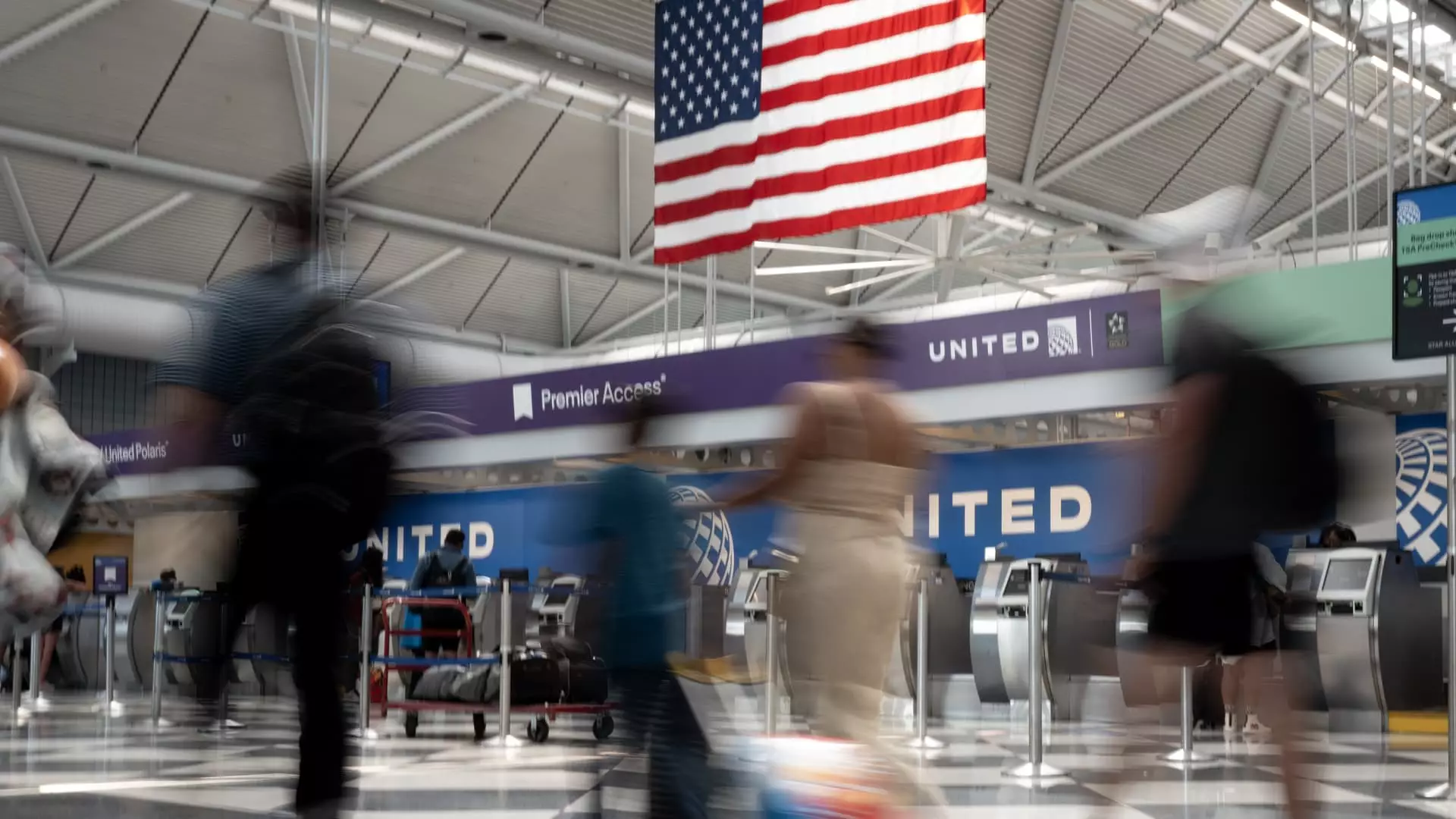Despite the record summer air travel demand, U.S. airlines are not seeing record profits. The disconnect between demand and profitability is a major concern for carriers as they prepare to report their quarterly results. While some airlines have anticipated record demand and revenue growth, higher labor costs and other expenses have taken a toll on their bottom lines. This raises questions about the sustainability of the current operating model and the ability of airlines to adapt to changing market conditions.
To address slower demand growth and other challenges, airlines have scaled back their hiring efforts compared to the rapid expansion seen after the pandemic. Some carriers have even halted hiring altogether. Additionally, delays in the delivery of new, more fuel-efficient aircraft from manufacturers like Airbus and Boeing have further complicated the situation. The recent Pratt & Whitney engine recall has also resulted in the grounding of dozens of jets, adding to the financial strain on airlines.
Despite the challenges, U.S. airlines have increased their capacity by flying about 6% more seats in July compared to the same period last year. This expansion has helped to keep airfare prices in check but has not translated into improved profitability. The NYSE Arca Airline Index, which tracks 16 mostly U.S. airlines, is down almost 19% this year, reflecting the struggles faced by the sector in generating sustainable returns for investors.
The third quarter presents a murky outlook for airlines, with numerous headwinds on the horizon. Factors such as potentially weaker spending from coach-class clientele, the impact of the Paris Olympics on travel bookings, and changes in corporate travel demand could further challenge the industry. Additionally, shifts in consumer behavior, such as opting for trips in late spring and early summer, raise concerns about late-summer demand levels.
Despite the broader challenges facing the sector, some airlines stand out as better positioned to weather the storm. Delta Air Lines, known for its success in marketing premium seats and its partnership with American Express, is seen as the top performer. Delta, along with rivals like United Airlines and Alaska Airlines, is considered to have less earnings risk and stronger free cash flow by industry analysts.
As airlines continue to expand their schedules both domestically and internationally, fares have been pushed down to attract more passengers. New routes targeting leisure travelers have contributed to an increase in U.S.-Europe capacity by nearly 8% compared to the previous year. Despite efforts to stimulate demand through lower prices, some carriers have acknowledged weaker-than-expected sales due to the surge in flights.
In response to the evolving market dynamics, airlines are making strategic changes to their business models. Some carriers have revised their revenue initiatives to better align with changing customer preferences. For example, Southwest Airlines, under pressure from investor Elliott Investment Management, is exploring new ways to generate revenue and enhance its offerings in response to increasing competition from larger rivals.
Money-losing carriers like JetBlue Airways and Frontier Airlines are also adjusting their strategies to improve their financial performance. JetBlue has been eliminating unprofitable flights and optimizing routes for its high-end Mint business cabin, catering to customers seeking premium travel experiences. Similarly, Frontier and Spirit Airlines have eliminated change fees for standard coach tickets and introduced bundled fare options to enhance customer value.
Looking ahead, U.S. airlines face a myriad of challenges, including the uncertain recovery of travel demand, increasing competition from legacy carriers, and rising operational costs. The industry’s ability to adapt to these challenges and innovate its offerings will be critical in sustaining long-term profitability. As airlines navigate through these turbulent times, strategic decision-making and a focus on customer-centric solutions will be key to success in a rapidly evolving market.

